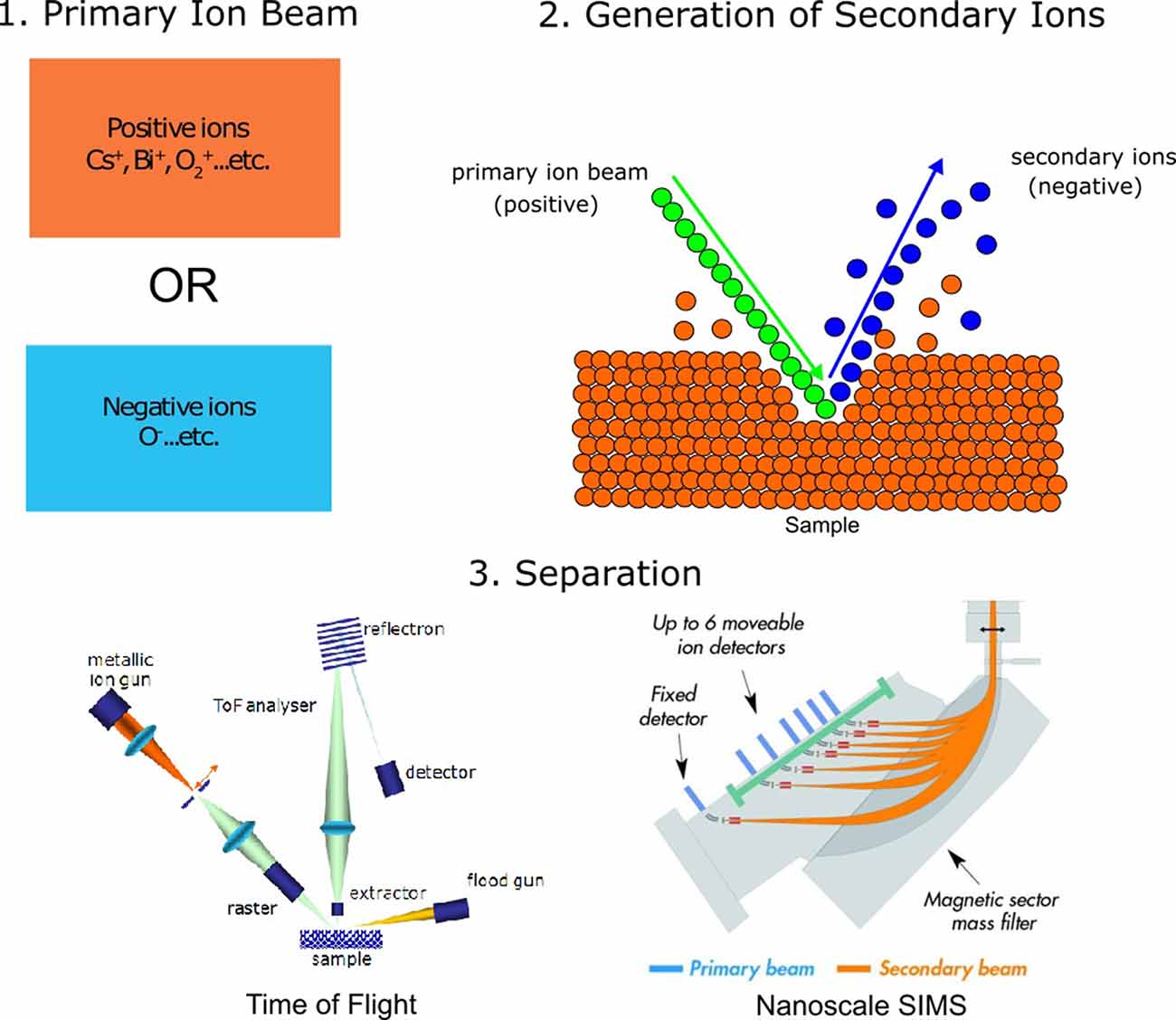
If the particles are small enough to penetrate the interstices of the media, then they are either captured and retained by depth filtration or they escape capture altogether.

If the particles are too large to enter the pores, surface filtration takes place. In reality, the particles exposed to the media generally determine whether surface or depth filtration will occur. The classic case of a surface medium is a wire screen, while a depth medium might be compressed felt. However, if the particles are attracted and held by surface forces in the medium, adsorption is the mechanism - forces known as electrostatic, hydrogen bonding, and Van der Walls attractive forces.įilter media are often classified as being either "surface" or "depth" media.

Particles mechanically trapped by the surface or by constrictions within the interstices of the medium are captured and retained by a process called absorption - a sieving, straining mechanism. Under normal conditions, the fraction of the particles retained varies with the size of the particles, the filtration ratio or filter rating (separation efficiency) of the medium, and the structural integrity of the filter. When contaminated fluid upstream of a filter passes through the filter medium, a fraction of the particles in the fluid are captured and retained. Thus, filter media actually consist of openings that are defined by the structural elements of the medium, for example, fibers. Filter media are porous materials that contain pores and capillaries.Ĭapillaries are passages extending from one side of the medium to the other, while pores are individual restrictions within the capillaries.

An ideal filter provides maximum resistance to the passage of entrained contaminants while offering minimum resistance to the flow of the system fluid.


 0 kommentar(er)
0 kommentar(er)
